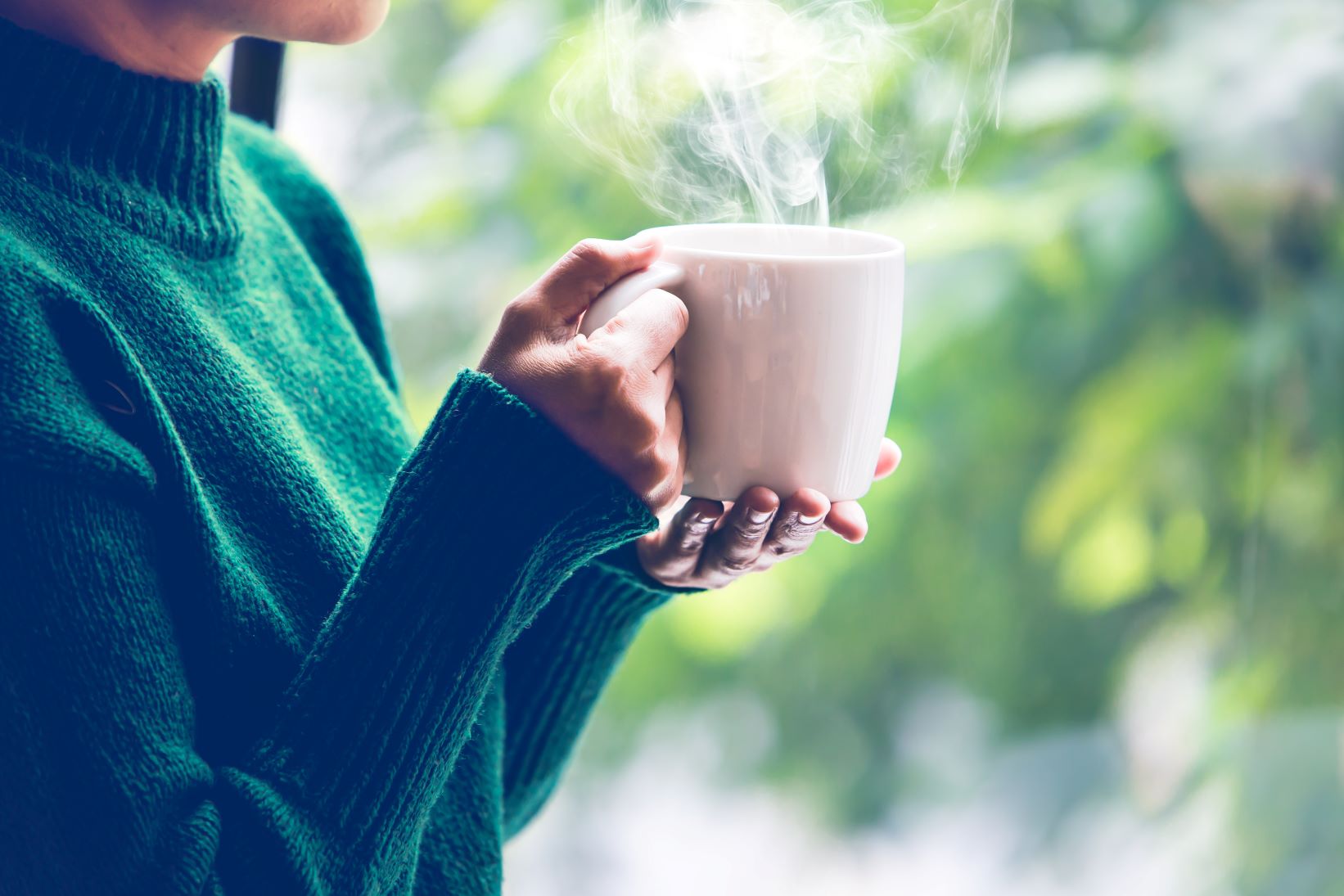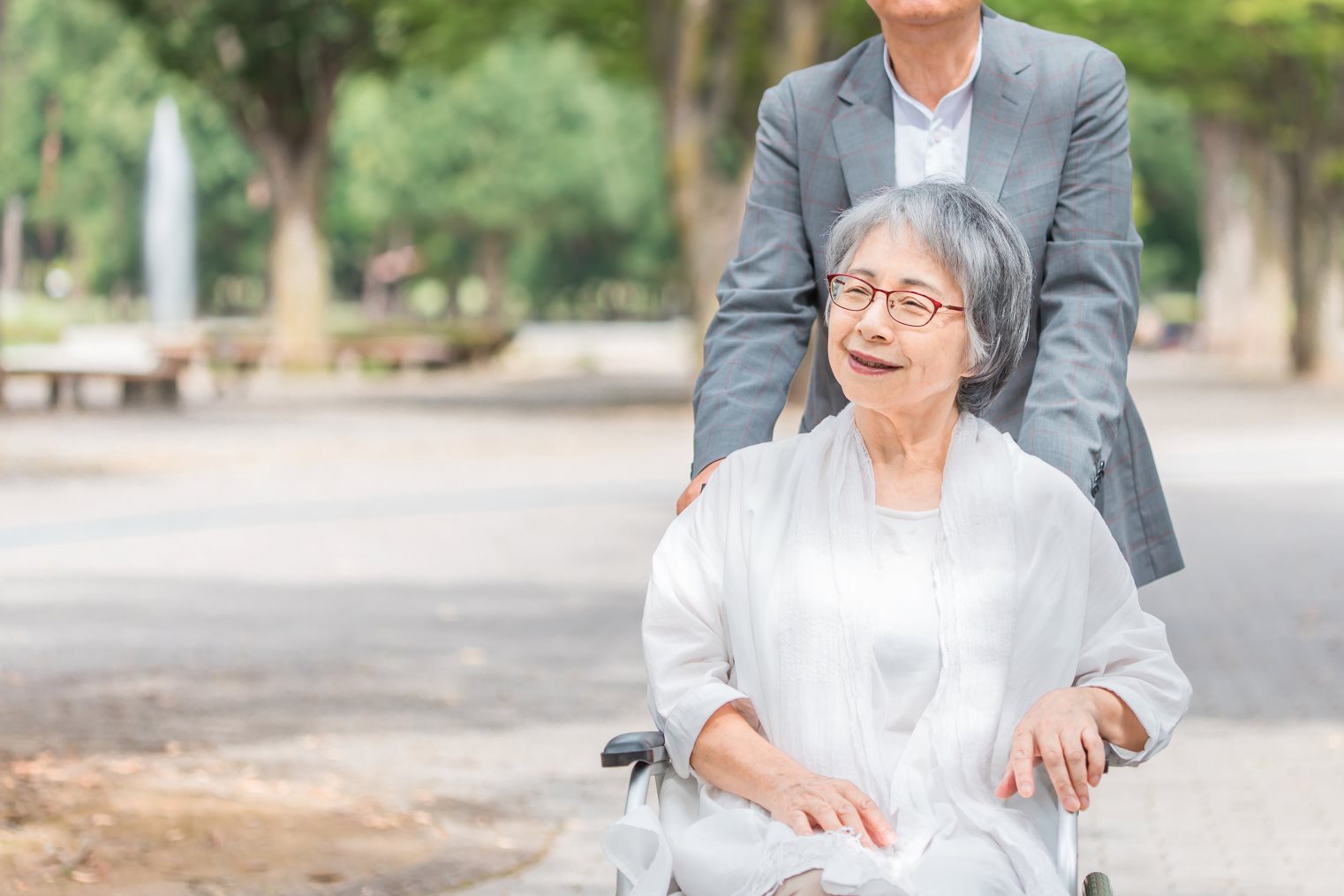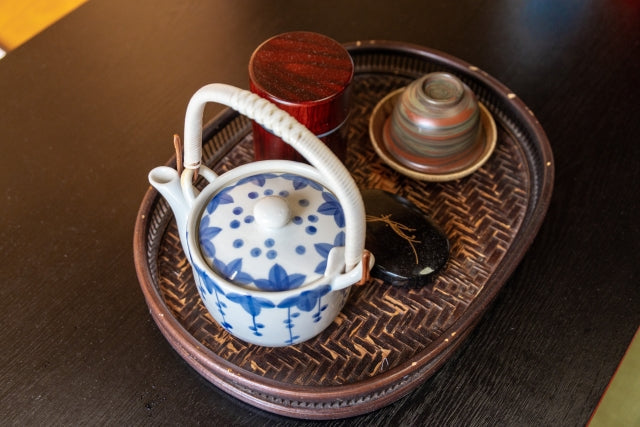
What is the difference between Hojicha and Bancha? The secret of the aroma, types, and ingredients are explained
Introduction
Hojicha and bancha are both fragrant and commonly enjoyed teas, but have you ever wondered, "What exactly is the difference between them?"
The answer actually varies by region.
In Hokkaido, Tohoku, and Hokuriku regions, bancha often refers to roasted green tea. In addition, tea made for home use or crude tea made all over the country can also be called "bancha."
Therefore, it is natural that some people say, "Hojicha and bancha are completely different!" while others say, "I thought they were the same."
However, generally speaking, "hojicha" and "bancha" differ in terms of ingredients, production method, taste, and aroma.
This time, we will introduce the difference between Hojicha and Bancha.

Difference 1: Ingredients and manufacturing process
First, the ingredients and manufacturing process.
Hojicha is a type of tea made by roasting tea leaves at high temperatures.
It is made by heating at a high temperature of around 200℃ for about 5-10 minutes. Various tea leaves are used, such as sencha, bancha, and kukicha. This roasting process turns the tea leaves brown and gives them a unique aroma.
On the other hand, bancha is made from the third-stage tea leaves that grow after the first-stage and second-stage tea leaves, or tea leaves picked in the fall, through the processes of rolling, steaming, and drying. There is no roasting process.

Difference 2: Scent
Next is the scent.
The most attractive thing about Hojicha is its delicious aroma. The compound that gives off the aroma, pyrazine, is produced when the amino acids and sugars in the tea leaves are heated.
Pyrazine is said to have a relaxing effect on the brain.
It is also expected to have the effect of widening blood vessels, which is thought to improve blood circulation and thus improve poor circulation.
On the other hand, bancha tea is not roasted, so it does not have the strong aroma of hojicha tea, but you can enjoy the gentle, mild aroma that is unique to the tea leaves.

Difference 3: Taste
In addition to its fragrant taste, Hojicha has a mellow sweetness and richness, which are also the result of the roasting process.
The bitter compounds in the original tea leaves, such as catechins, are transformed into water-insoluble compounds by the high temperature roasting process used to make hojicha. Furthermore, the roasting process caramelizes the sugars in the tea leaves, increasing their sweetness.
On the other hand, bancha tea has less caffeine and tannins, making it less bitter and with a clean flavor.
Another great feature of bancha tea is that it doesn't become bitter even when brewed with boiling water, and it doesn't become astringent even when left for a long time, so anyone can brew it deliciously.

Difference 4: Caffeine content
Hojicha has a mellow flavor and is often thought to have less caffeine than regular sencha, but in fact the amount is almost the same as regular sencha.
It is true that some of the caffeine evaporates during the roasting process, but it is a very small amount, so it is incorrect to say that "hojicha has low caffeine."
In fact, Hojicha is said to have more caffeine than Bancha.
On the other hand, bancha tea contains less caffeine than hojicha tea, and some types are caffeine-free, so it is said to be a less irritating tea that is gentle on the body.
This is because the caffeine content of tea leaves varies depending on when they are picked.
Generally, the first tea picked has the highest caffeine content, and the more tea leaves are picked, the less caffeine they contain.
Third-crop tea and bancha tea made using tea leaves harvested after autumn contain less caffeine.

Difference 5: Catechin content
Finally, the amount of catechin
As mentioned earlier, in the case of Hojicha, the catechins contained in the tea leaves are transformed into water-insoluble components by roasting.
Therefore, the amount of catechins is overwhelmingly lower than other teas.
On the other hand, bancha tea is characterized by its high content of catechins.
Theanine, which is naturally contained in tea leaves, is converted into catechin when exposed to sunlight.
In other words, the older the leaves, the longer it takes for catechins to be produced from theanine, so the older the leaves are, the greater the amount of catechins.
You can't expect the same umami flavor as first-grade tea, but because it is rich in catechins, the astringency and bitterness stand out, giving it a crisp taste.
As such, hojicha and bancha differ in ingredients, manufacturing method, aroma, taste, caffeine content, and catechin content.

Bonus: History and origins
History and origin of Hojicha
The origin of Hojicha is said to be during the Edo period, when tea merchants in Kyoto roasted unsold tea leaves and drank them.
Originally it was called "hojicha," but in the Meiji era it began to be sold as "hojicha" in Fushimi, Kyoto, and so the name it has today is thought to have taken over.
The history and origins of bancha tea
The origin of bancha dates back to the Kamakura period, when tea-growing farmers would drink the "leftover" tea leaves after picking them to give to samurai families or as floral tributes.
There are several theories about the origin of the word "bancha," including that it is a variation of "bancha," which means tea picked late, such as third or fourth batch tea, or that it comes from "bangai no ocha," tea picked between the first and second batch teas.

summary
What did you think? As you can see, hojicha and bancha differ in ingredients, manufacturing methods, aroma, taste, caffeine content, etc. Both teas have their own appeal, so please choose one according to your preferences and the occasion.
For example, when you want to relax or before going to bed, we recommend bancha tea, which has less caffeine.
On the other hand, after a meal or when you want to change your mood, we recommend roasted green tea, which is rich in pyrazines.
Both types of tea do not require cooling, so they are easy to make and delicious. Try different types and find your favorite.
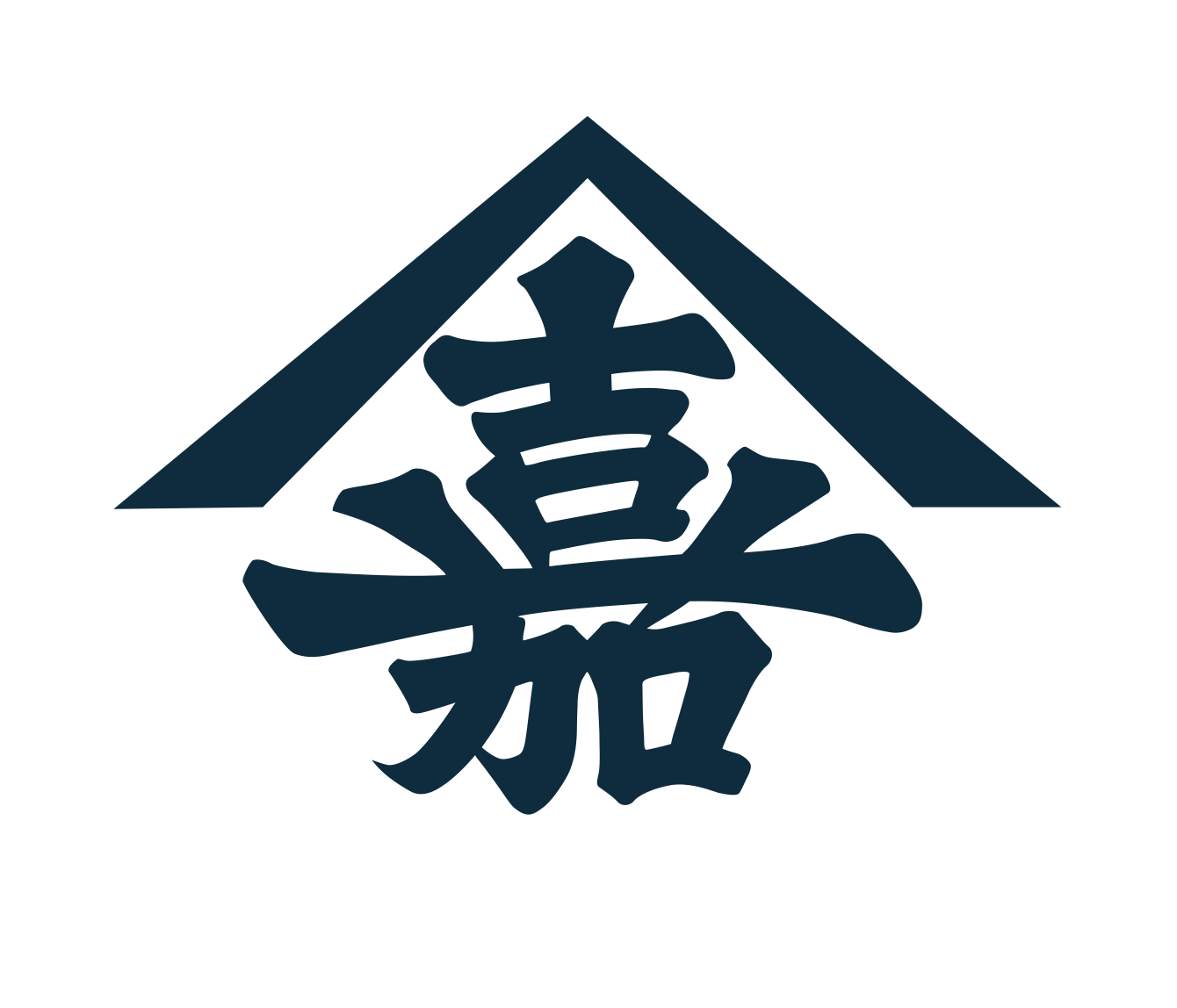
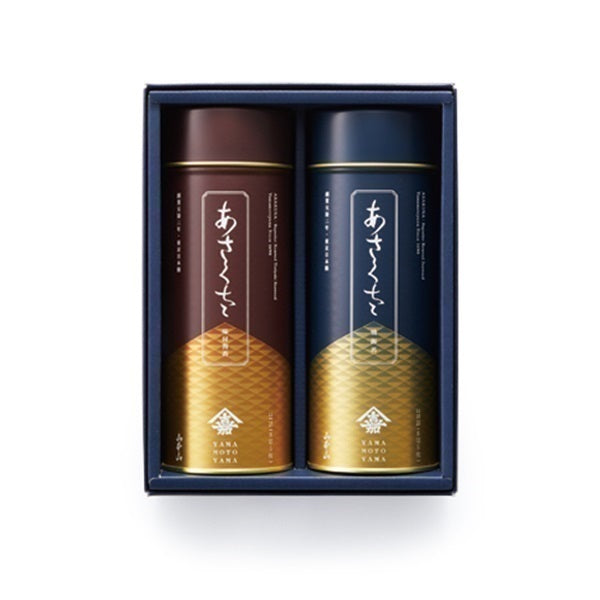
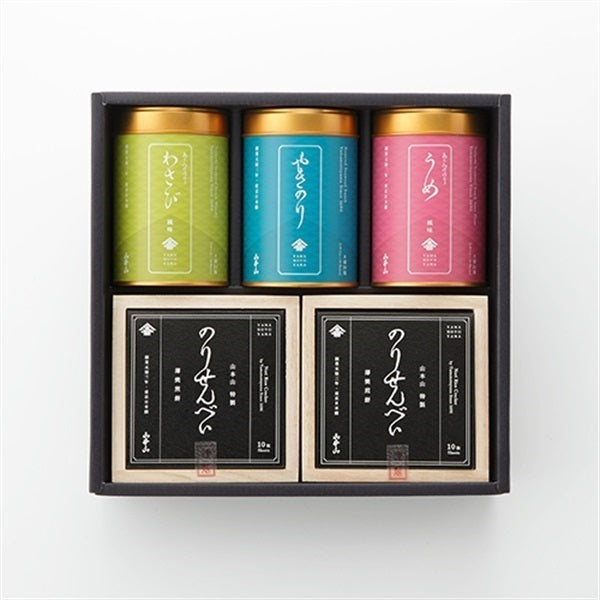
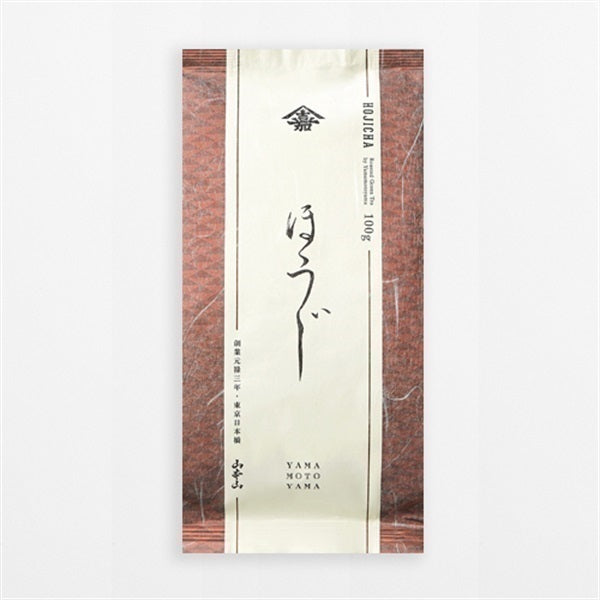
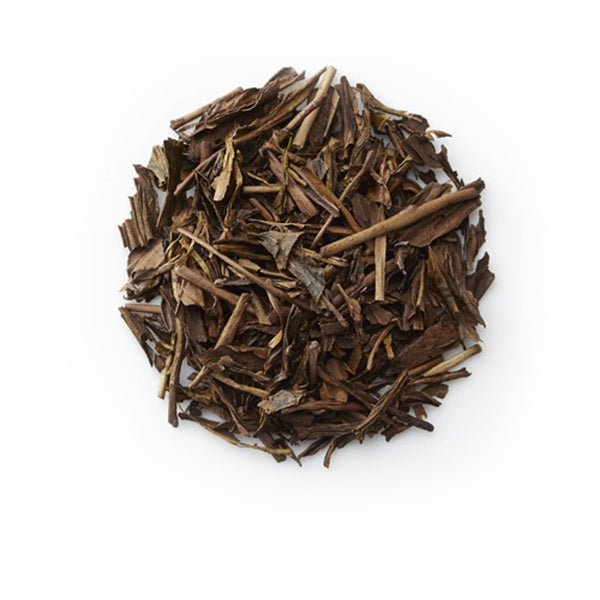
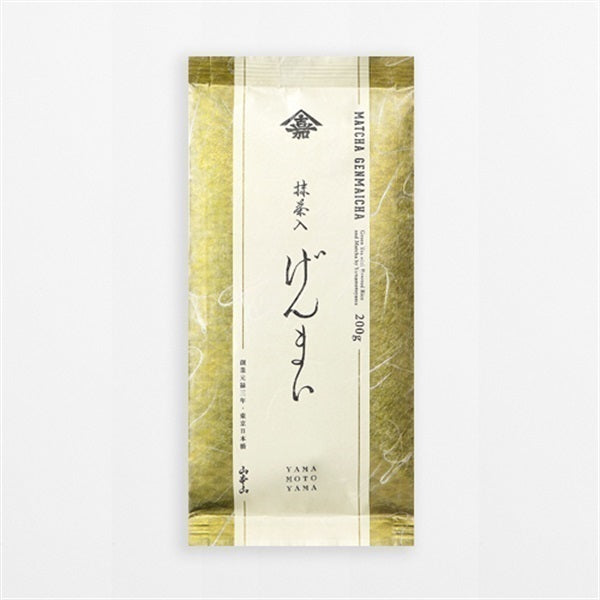
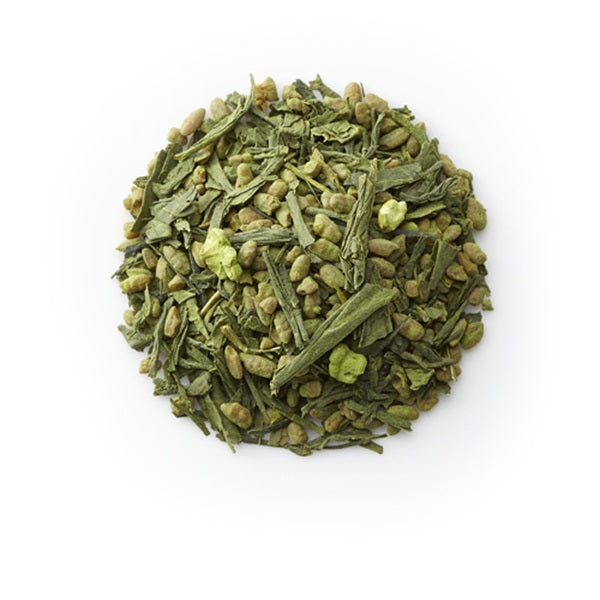
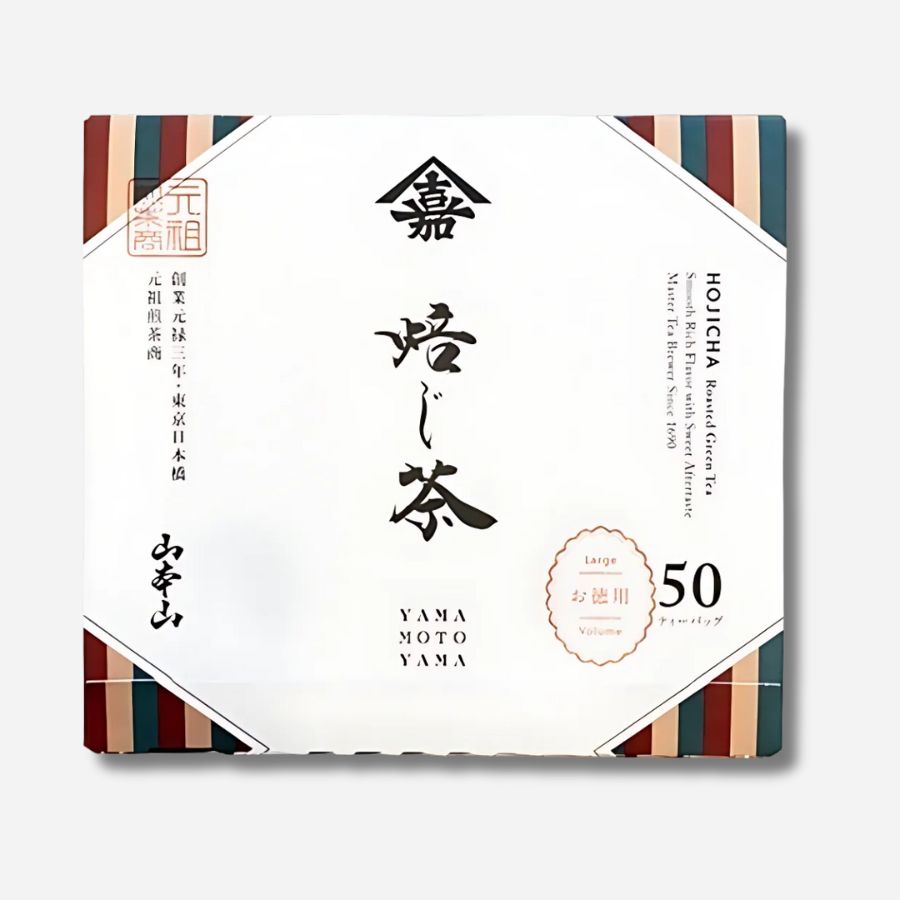
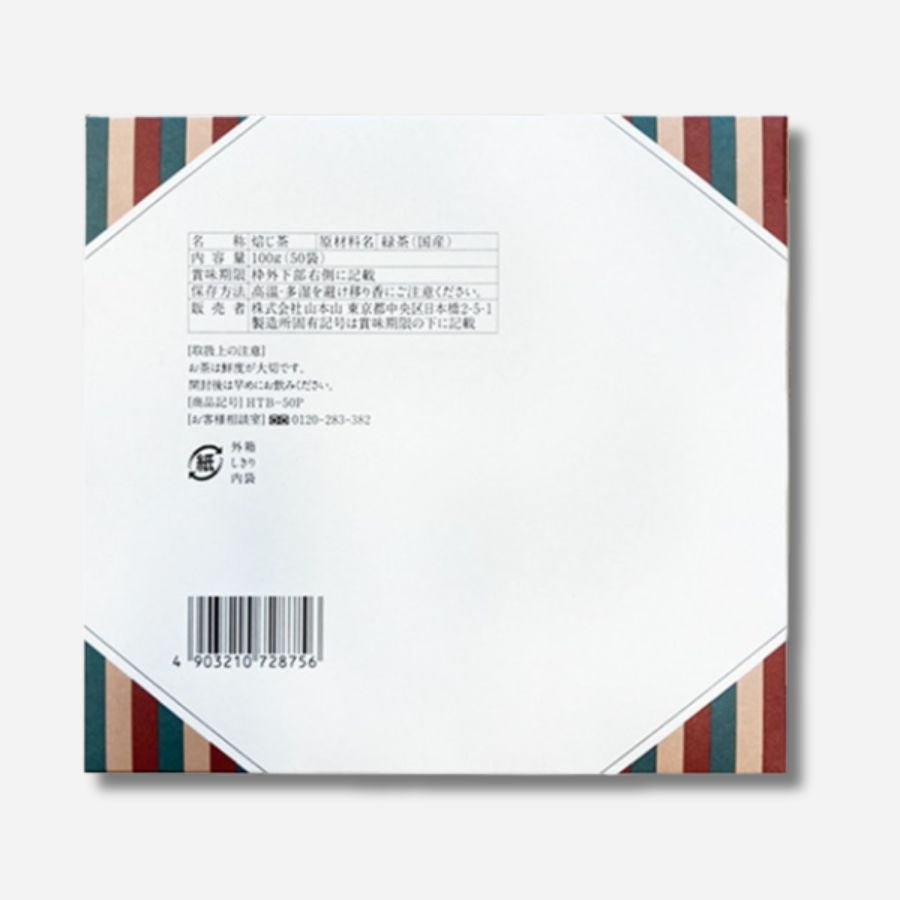
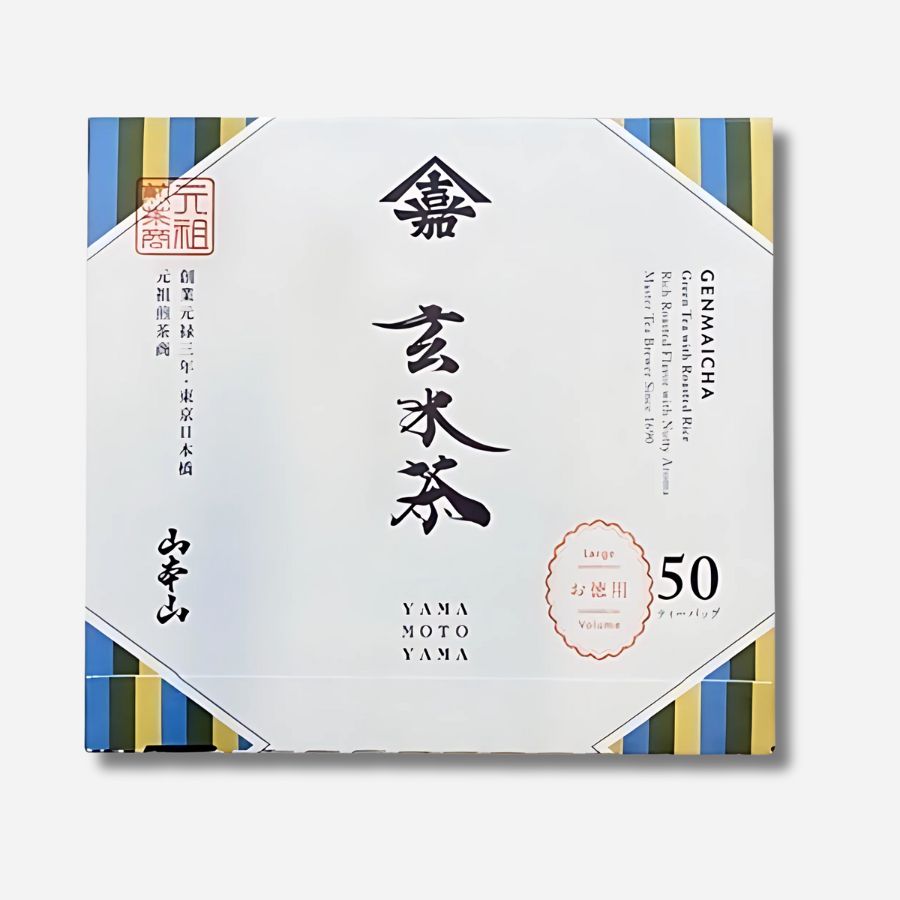
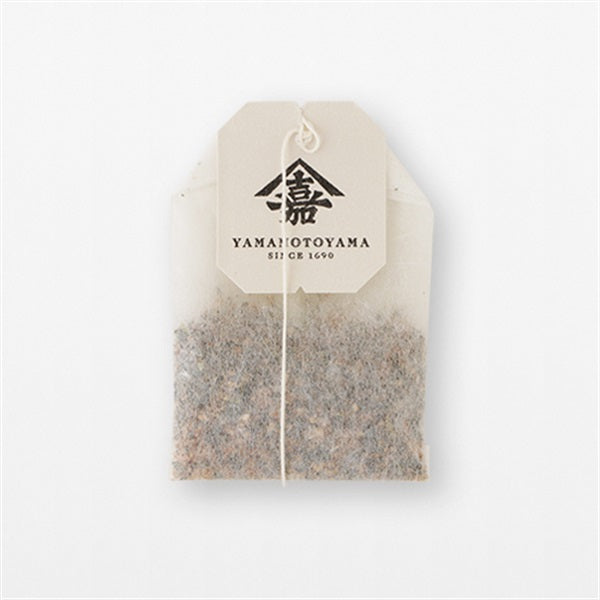
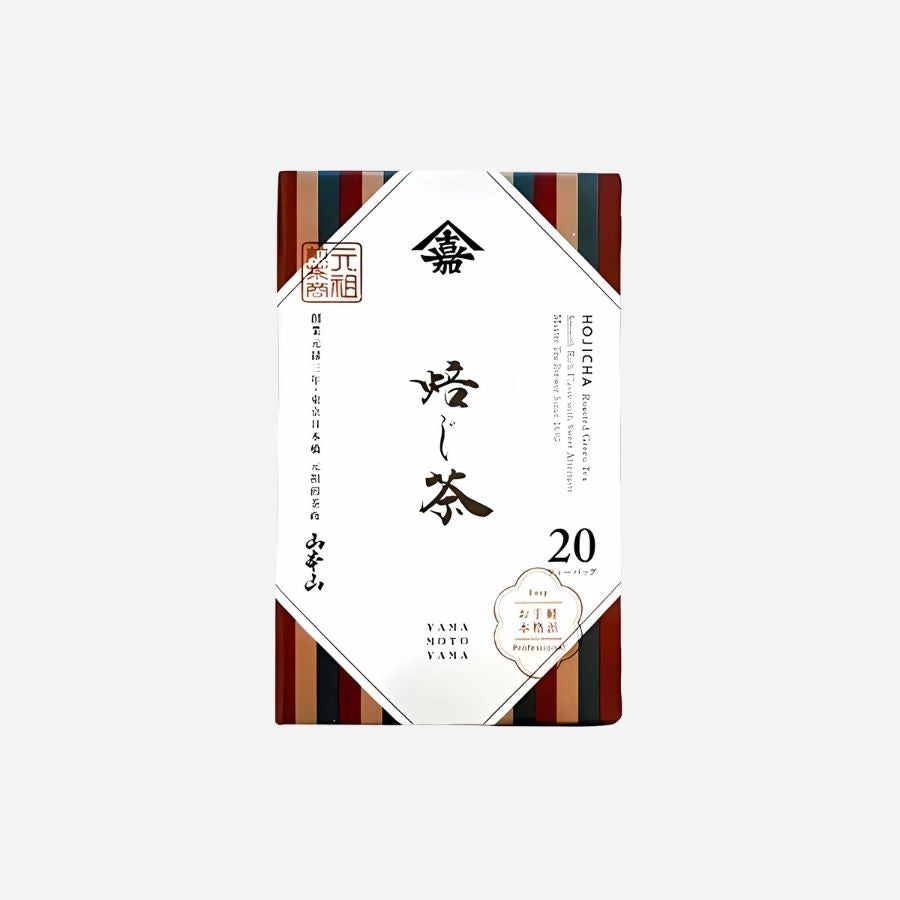
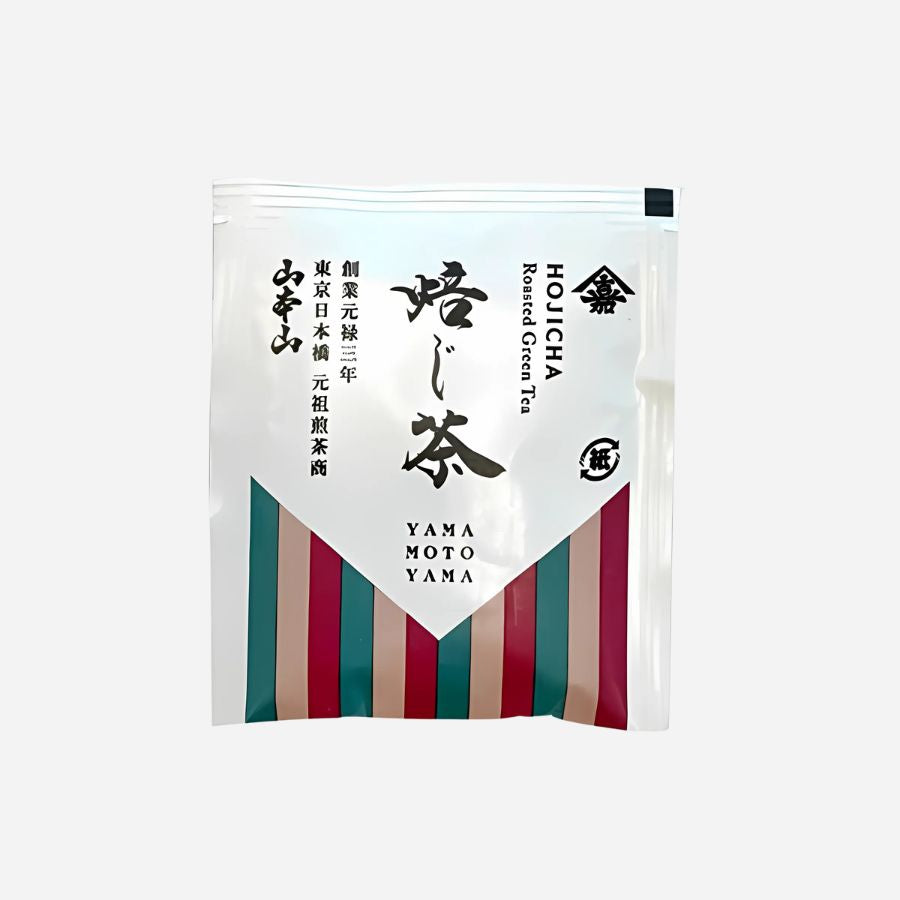
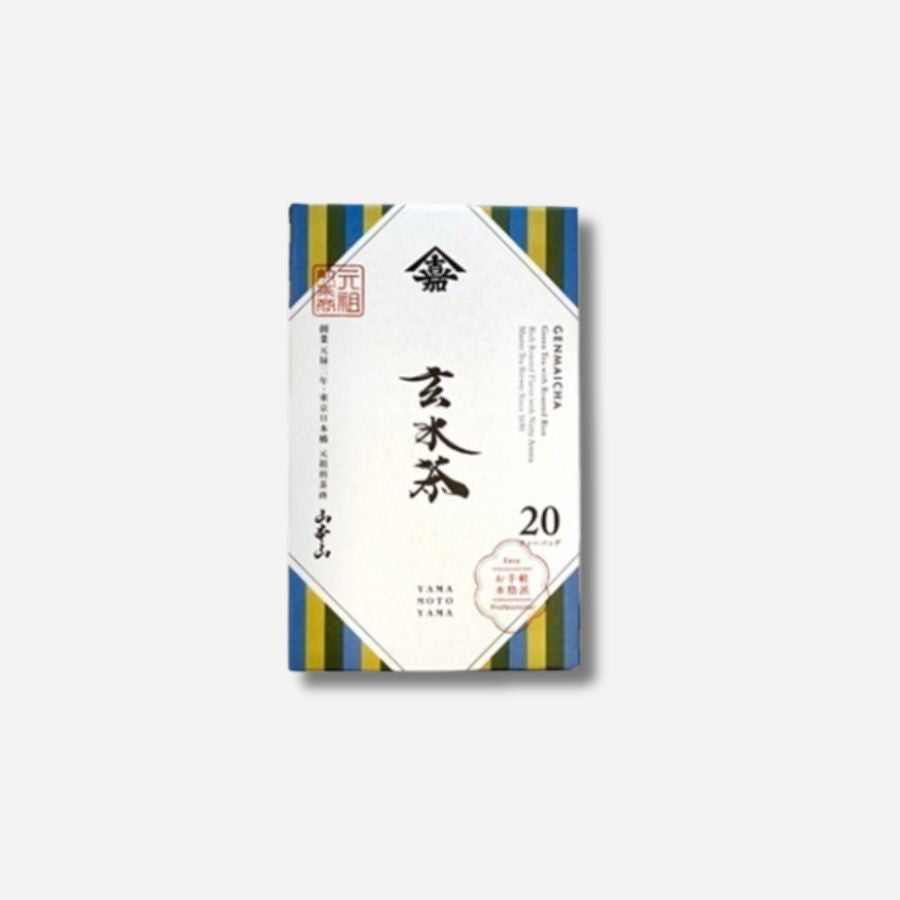
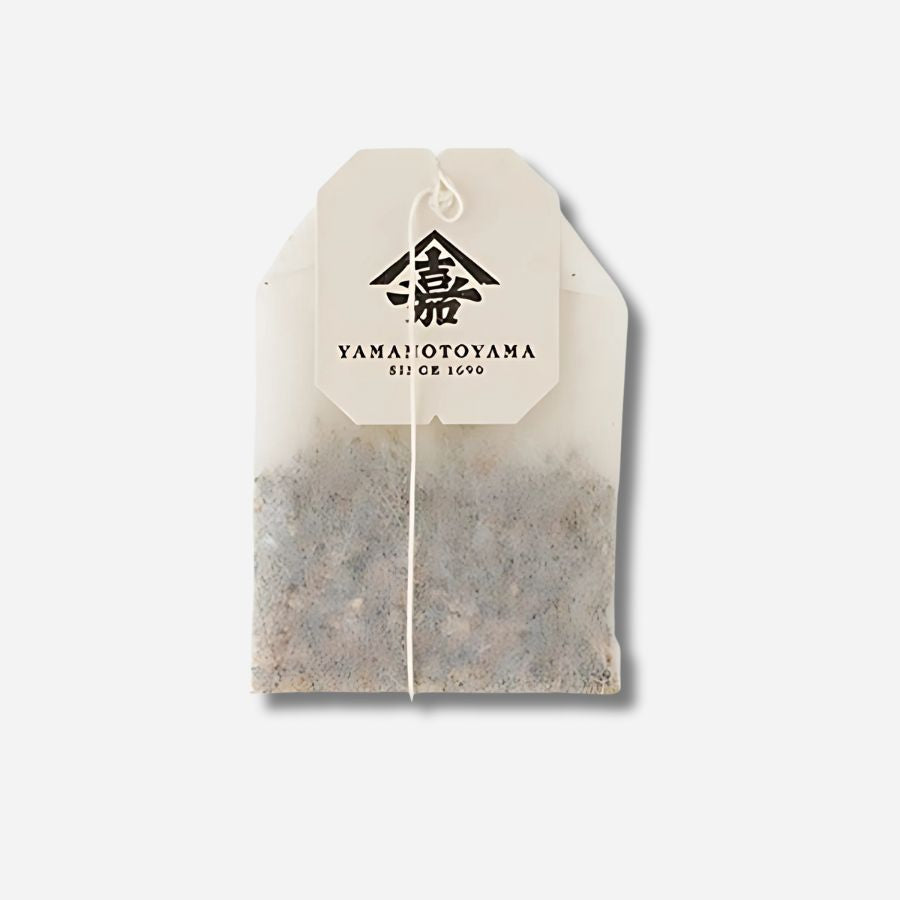
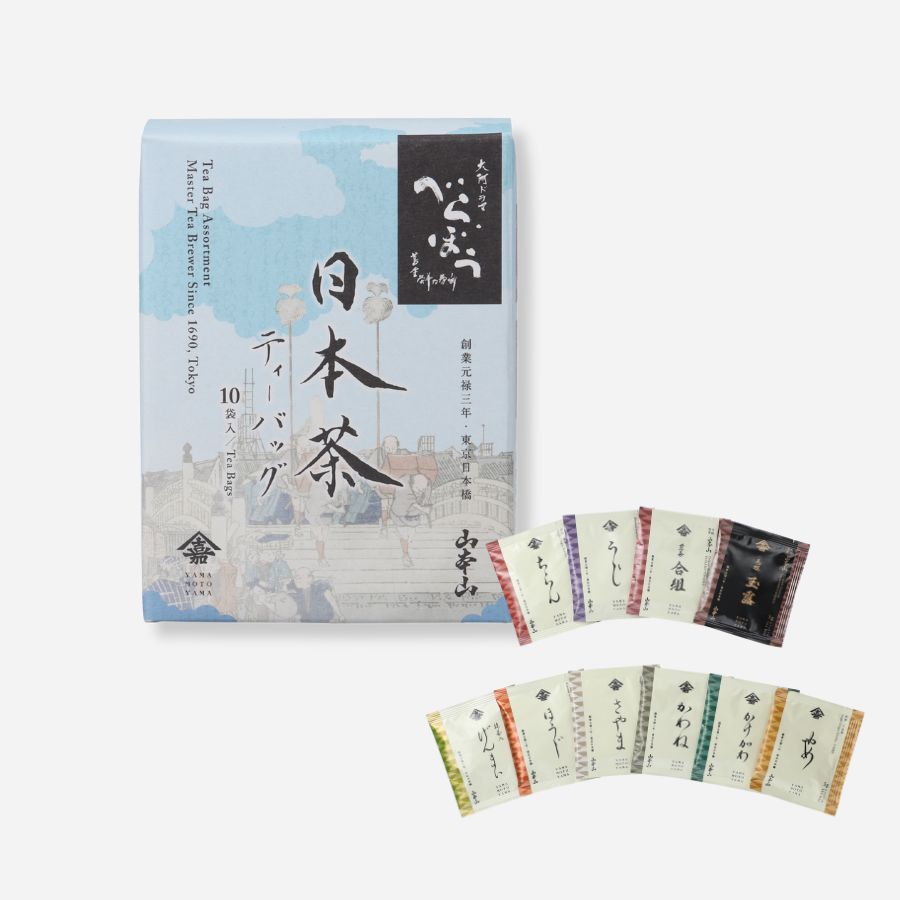
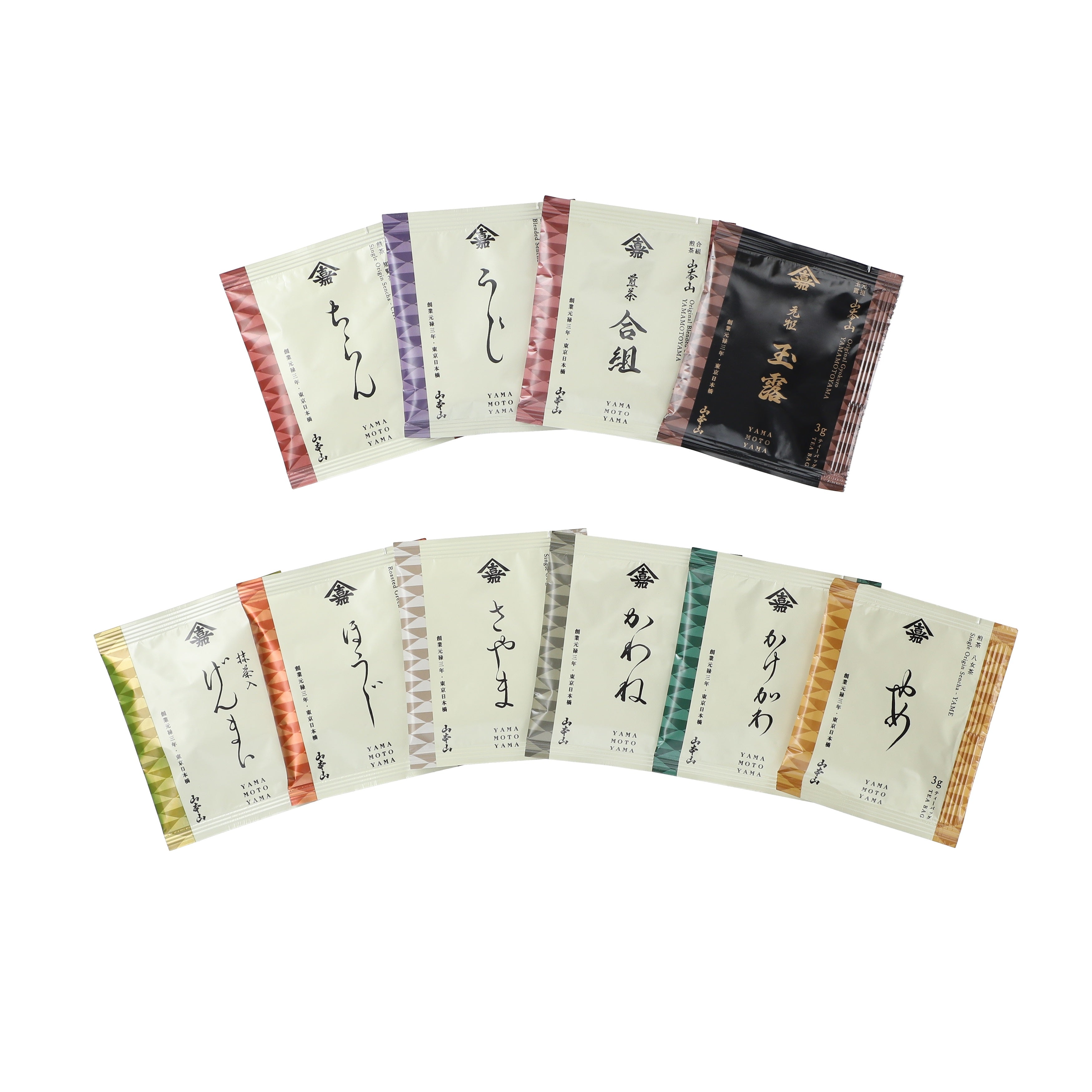
![[Bulk Purchase] Single-Cup Tea Bags](http://yamamotoyama.co.jp/cdn/shop/files/TB04.jpg?v=1752057600&width=1080)
![[Bulk Purchase] Single-Cup Tea Bags](http://yamamotoyama.co.jp/cdn/shop/files/45a41d8409948b0099064acc5896f0d1.jpg?v=1756254946&width=900)
